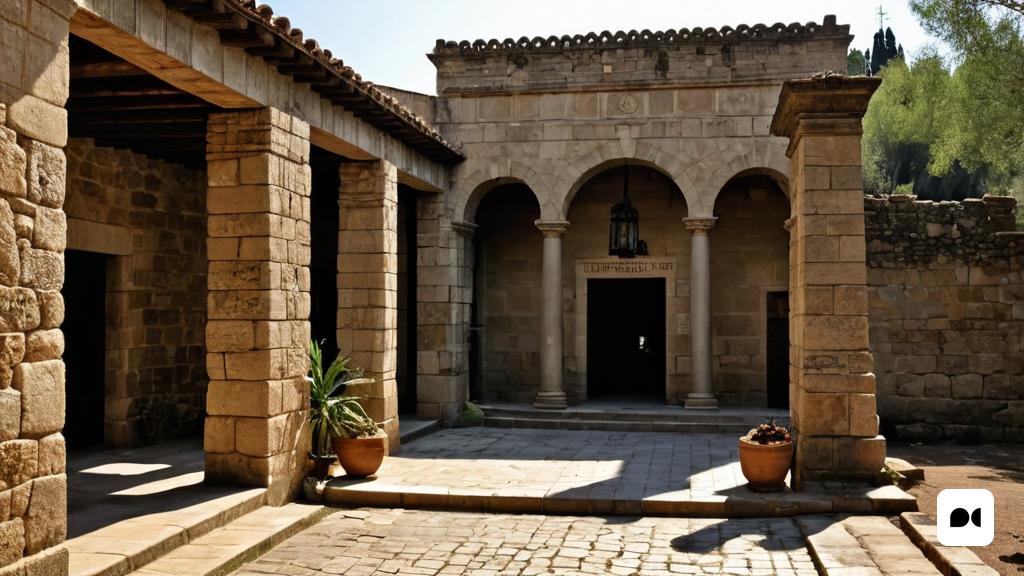The slave past in Catalonia
The relationship of the Spanish State with slavery is a dark chapter in history from which Catalonia cannot be removed. The role of the Indiano has often been related to that of the successful businessman, but which occasionally had a hidden undertone related to the exploitation of other human beings. The slave footprint was important in Catalonia, visible in towns such as Vilanova i la Geltrú and Sitges, which became the main return points for those Indians who made their fortune in the Americas. In Barcelona, some examples of this persistent legacy are also visible.
Barcelona’s debt with its slave past
Barcelona owes a debt to its neighbors’ slave past that has begun to be repaid a few years ago. Actions such as the removal of the statue to Antonio López and the renaming of the square with the same name are examples of this process. Although slave legacies still persist in the city, as confirmed by the online resource Slavery Spain, a portal promoted by a group of historians led by Professor Martín Rodrigo of the Pompeu Fabra University.
Slave Spain: a reference resource
The Slave Spain portal has become a reference tool for historians, offering documents and studies related to slavery in Spain. In addition, it presents a map of peninsular Spain that marks the places where this legacy is still preserved, highlighting the importance of Catalonia in this aspect.
Slavery legacies in Barcelona
In Barcelona, there are several slave legacies that are still present in the city. Some examples include the Antoni López monument, Xifré Street, four buildings on Pelai Street, and Paseo de Isabel II, all with historical connections to slavery.

